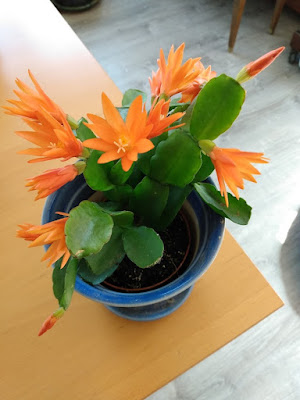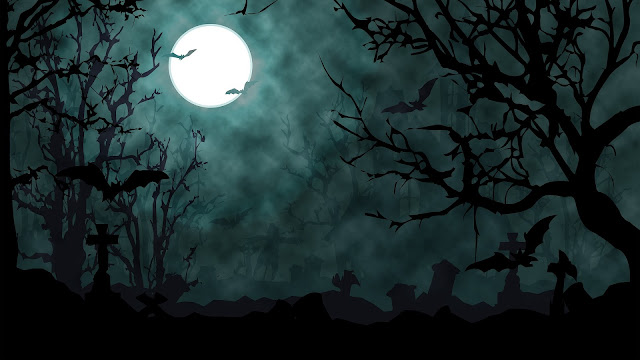Scary, Unique Monsters That Populate Southeast Asian Folklore
“Inhuman Kiss,” a Thai horror flick now streaming on Netflix, must feature one of the weirdest supernatural creatures around.
In the movie, a woman transforms at night into a monster whose head, heart and entrails detach from the rest of her body. Her glowing head and internal organs float up in the air—leaving her headless torso behind—and she goes off (trailing entrails and all) to hunt for fresh blood and raw meat. It’s not clear how she actually kills her prey short of biting them to death. She returns to her body before daybreak.
Believe it or not, the movie is a romance. The heroine is a tragic figure, much like someone infected by a werewolf’s bite. She ingested the saliva of a “krasue,” as the monster is called in Thailand, and now has become one herself. Her love interest tries to help her escape a group of hunters as well as angry villagers.
 |
| Movie image from Netflix.com |
I was excited to watch “Inhuman Kiss” because the krasue is one of the monsters in the shared culture of Southeast Asia. While growing up in Singapore, I heard stories and watched movies (and was scared s … leepless) about mythological creatures such as these.
 |
The krasue, for example, is known as a “penanggalan” in Malaysia and Singapore, “palasik” in Indonesia, and “manananggal” in the Philippines. While such creatures are always women, there are slight variations in the folklore of each country, such as which internal organs trail under the head, whether she has fangs, and whether she is cursed or an evil witch.
 |
| Image: Mittmac at Pixabay.com |
The pontianak has sometimes been described as a succubus or a vampire. She preys on men, appearing to them as a beautiful woman with long, black hair. Among other odd quirks, she lives in a banana grove during the day. At night, the strong fragrance of the frangipani (or plumeria) blossom signals that she’s in the vicinity. Ignore the warning at your own peril.
Other interesting monsters:
- Orang minyak: “orang minyak” literally means “oily man” in Malay. An orang minyak is a man (sometimes a warlock) who is covered from head to toe with shiny black grease. He breaks into houses at night to kidnap young women. His oily skin helps him evade capture. To this day, Malaysian newspapers occasionally report the sighting of such creatures.
- Pocong: a “pocong” or “hantu guling” is a spirit trapped in its burial shroud. The pocong’s face is exposed, unlike a mummy. Because its feet are bound, the shroud ghost moves either by hopping on the ground or gliding through the air.
Of all the folklore creatures, the toyol was the one that freaked me out the most. It’s basically a deceased fetus or infant brought back to life by a “bomoh” (ie witch doctor).
A zombie baby creeping around the house. Ugh. I still get chills at the thought.
Toyols perform tasks for their masters, such as steal. They also can bring luck or warn of impending danger. They are kept in bottles or jars and must be fed blood. The master usually cuts his or her index finger and squeezes the blood from it into the bottle. Some say that if the master or a family member is newly married, the toyol will suck blood straight from the bride’s toe—weird, right? The toyol becomes very angry if it goes hungry. Don't let it get hungry.
Until it is properly laid to rest or disposed of, the toyol can be passed down to other family members, sort of like an heirloom.



Comments
Post a Comment